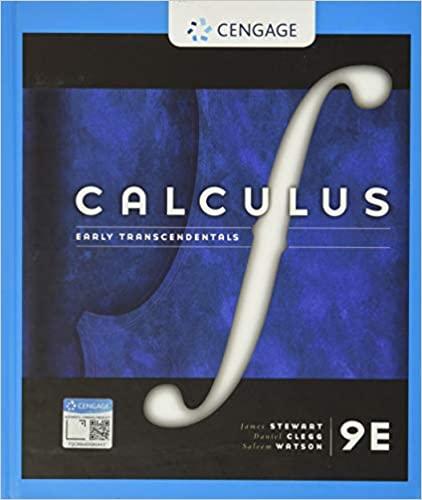Question
Part 1 - One-Way Anova Example Step 1). Watch parts of The Origins of Pleasure - Paul Bloom (chttps://www.ted.com/talks/paul_bloom_the_origins_of_pleasure#t-425586) Step 2) Explain the following What
Part 1 - One-Way Anova Example
Step 1). Watch parts ofThe Origins of Pleasure - Paul Bloom (chttps://www.ted.com/talks/paul_bloom_the_origins_of_pleasure#t-425586)
Step 2) Explain the following
- What is your research question?
- What is the independent variable and what is the dependent variable
- What are the levels and how many are there? (remember that if you only have 2 levels, you can just use a t-test. However and FYI, any time you use an independent samples or paired t-test, you can also use a One-Way Anova or repeated measures One-Way Anova instead because the statistical significance of the results will be the same. One reason to use the One-Way Anova, even for two group/mean comparisons is that the SPSS dialog box options let you choose more options like charts, effect size, and power estimates whereas the t-test output options are more limited.)
- What scale of measurement is associated with a) your independent variable, b) your dependent variable
- Briefly, how might you design and run the study? You would of course analyze it with Anova, so when you get to explaining your analysis, list your null hypothesis and explain how you would use the Anova F-test results to decide whether or not to reject the null hypothesis.
Part 2 - Misinformation Literacy
Being aware of misinformation and learning how to avoid its ill effects (misinformation literacy) is very different topic from Anova, but is increasingly important in today's world which is full of rapidly spreading, slick looking, and persuasive propaganda, marketing campaigns, partial information, biased argumentation, conspiracy theories, and organizationally funded misinformation campaigns.
To keep the discussion friendly and non-controversial, one interesting study was done years ago about the "Pacific Tree Octopus" and this hoax was used to see if children could tell the difference between fake and real information. The results were horrifyingly bad as it looks like the majority of children can't tell the difference. These sources explain the hoax 1)https://www.livescience.com/32992-kids-believe-literally-anything-they-read-online.html , 2,https://www.emerald.com/insight/content/doi/10.1108/ILS-04-2018-0031/full/html, 3)https://zapatopi.net/treeoctopus/, 4)and https://www.loc.gov/item/lcwaN0010826 . Check out those sources to see some of the nature of the problem and start thinking about how you avoid misinformation while seeking truth.
- For your first answer here, please explain how you search for and verify the truth of or at least credibility of information.
- For your second answer, list a few methods you could use to mislead people using statistical information.
- You may have heard the phrase, "there are lies, damn lies, and statistics", so now you get to show some examples of how to lie or mislead with statistics. The purpose is to expose some of the deceptive methods so you can have a better chance of avoiding such lies in the future. If you are stumped for examples, look some up, explain them, and cite the sources.
Step by Step Solution
There are 3 Steps involved in it
Step: 1

Get Instant Access to Expert-Tailored Solutions
See step-by-step solutions with expert insights and AI powered tools for academic success
Step: 2

Step: 3

Ace Your Homework with AI
Get the answers you need in no time with our AI-driven, step-by-step assistance
Get Started


